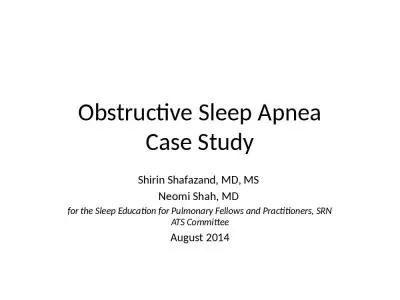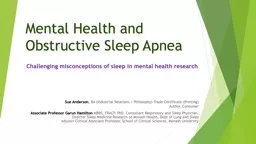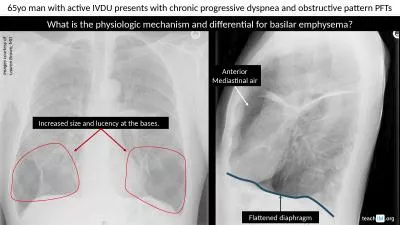PPT-Obstructive sleep apnoea
Author : greemeet | Published Date : 2020-06-15
Alister Neill TE HA ORA MOE THE BREATH OF LIFE SLEEPING Sleep health Sleep that is fully restorative enabling full potential Achieving optimum total sleep time
Presentation Embed Code
Download Presentation
Download Presentation The PPT/PDF document "Obstructive sleep apnoea" is the property of its rightful owner. Permission is granted to download and print the materials on this website for personal, non-commercial use only, and to display it on your personal computer provided you do not modify the materials and that you retain all copyright notices contained in the materials. By downloading content from our website, you accept the terms of this agreement.
Obstructive sleep apnoea: Transcript
Download Rules Of Document
"Obstructive sleep apnoea"The content belongs to its owner. You may download and print it for personal use, without modification, and keep all copyright notices. By downloading, you agree to these terms.
Related Documents

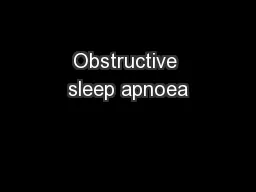
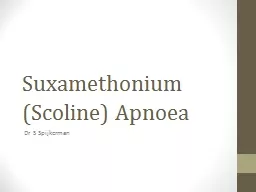

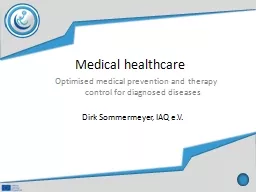
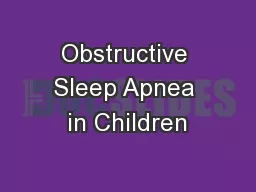
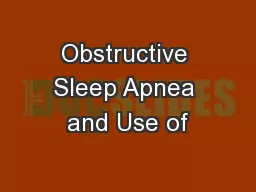
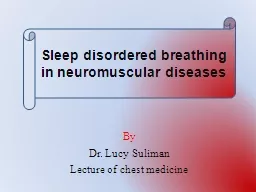
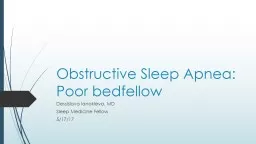
![OBSTRUCTIVE SLEEP APNOEA [OSA]](https://thumbs.docslides.com/641111/obstructive-sleep-apnoea-osa.jpg)
